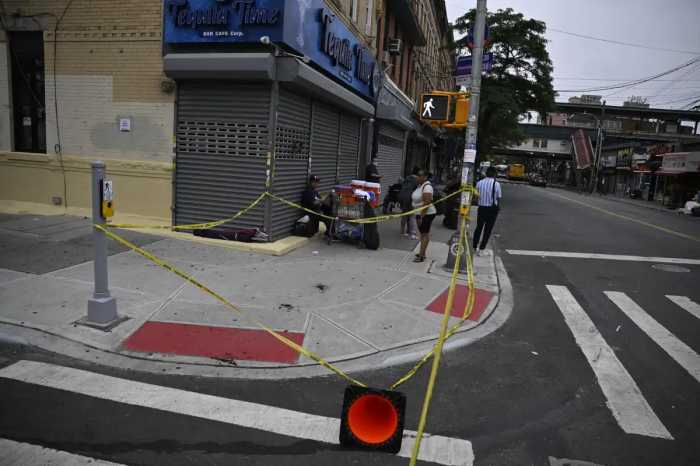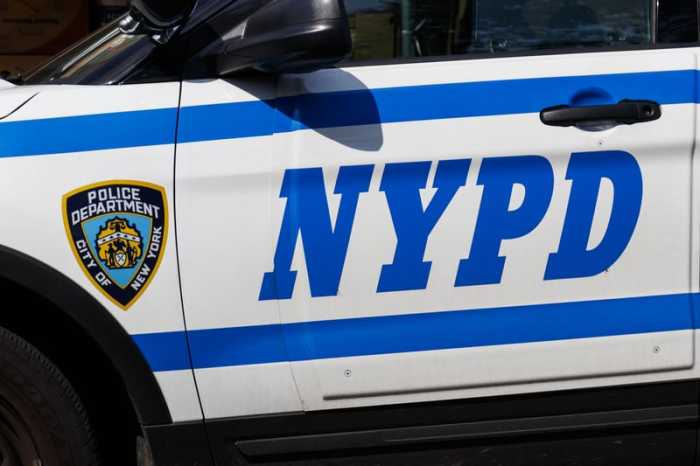By Joe Anuta
Federal prosecutors charged a doctor with homicide last week after two of his patients from a Flushing clinic died from overdoses, but the indictment may also contribute to a shifting of the scales between prescription drug and heroin abuse in Queens and Long Island.
Stan Xuhui Li, a New Jersey anesthesiologist, was charged with two counts of manslaughter by city Special Narcotics Prosecutor Bridget Brennan last Thursday, according to records from State Supreme Court in Manhattan.
“Dr. Li flouted the fundamental principle in medicine: First do no harm,” Brennan said. “He jeopardized lives by repeatedly prescribing dangerous controlled substances and narcotic drugs for cash, not medical need.”
Li is charged with causing the death of Flushing resident Nicholas Rappold, 21, who was found dead in his car Sept. 14, 2011, with a half-bottle of Xanax prescribed by Li just three days earlier, according to Brennan.
During that visit to Li’s office, the doctor gave Rappold both Xanax and oxycodone, a combination the medical examiner determined caused his death.
During the five weeks leading up to Rappold’s death, Li prescribed more than 500 pills of controlled substances to the Flushing man, according to prosecutors.
Li is also charged with causing the death of Long Island resident Joseph Haeg, 37, in December 2009. That month, Haeg had visited Li twice and received prescriptions for more than 500 pills of controlled substances, according to Brennan’s office.
A litany of charges, including the two for homicide, were added to an indictment against Li that was initially unsealed in November last year.
Law enforcement officials from all levels of government conducted a two-year investigation into Li, who now faces a total of 219 charges focusing on the treatment of 20 patients at his weekend Flushing pain clinic, Medical Pain Management.
Li allegedly saw from 70 to 100 patients a day, according to authorities. They would line up outside his clinic in the morning, take a number and then pay in cash — forking over larger amounts of money for “early” refills or larger prescriptions, prosecutors said.
Out of the 20 patients focused on by investigators, seven died from overdoses, Brennan’s office said, though Li is only being charged with two homicides.
Li’s license to practice medicine in New York has been revoked, leaving many who took advantage of his services out of a source of opiates.
But according to doctors and law enforcement officials, addicts often turn to heroin to get their fix if a prescription pill source dries up.
Prescription drug abuse is now only second to marijuana use in the United States as far as illegal substance abuse is concerned, according to the latest National Survey on Drug Use and Health.
Oftentimes, when people addicted to prescription pain pills are denied access, they will turn to heroin, according to Special Agent Erin Mulvey, a spokeswoman for the federal Drug Enforcement Agency, who acknowledged that the pattern exists but stopped short of correlating increased enforcement to increasing heroin use.
A 20 milligram prescription pain pill might retail for $20 on the street, but a bag of heroin can be purchased for $5 or $7, she said.
Reach reporter Joe Anuta by e-mail at januta@cnglocal.com or by phone at 718-260-4566.




































